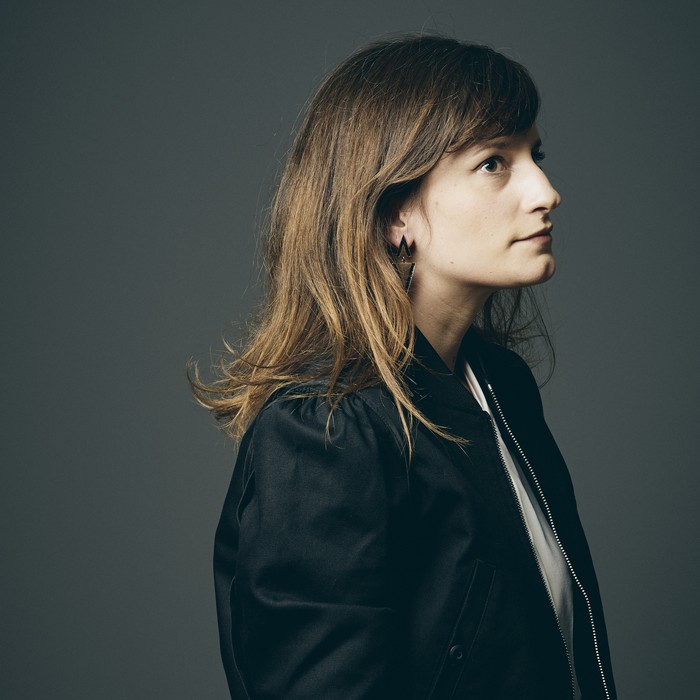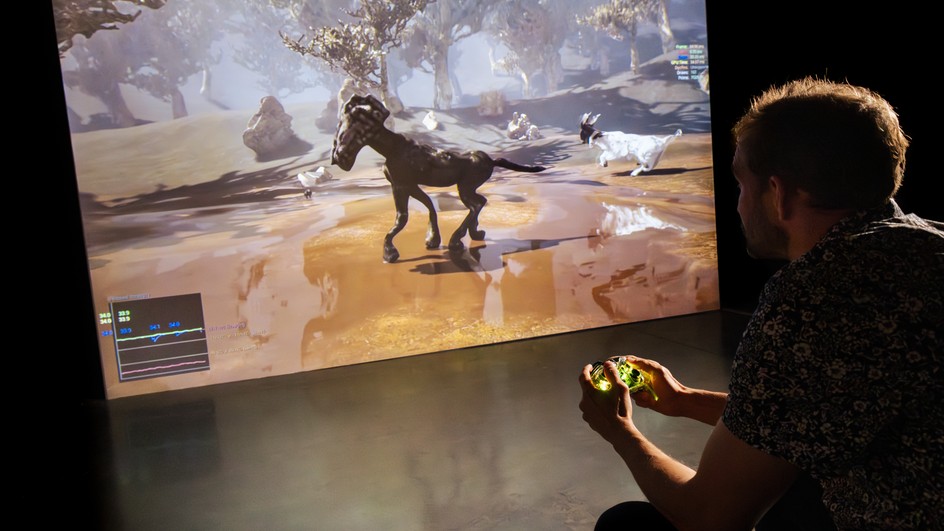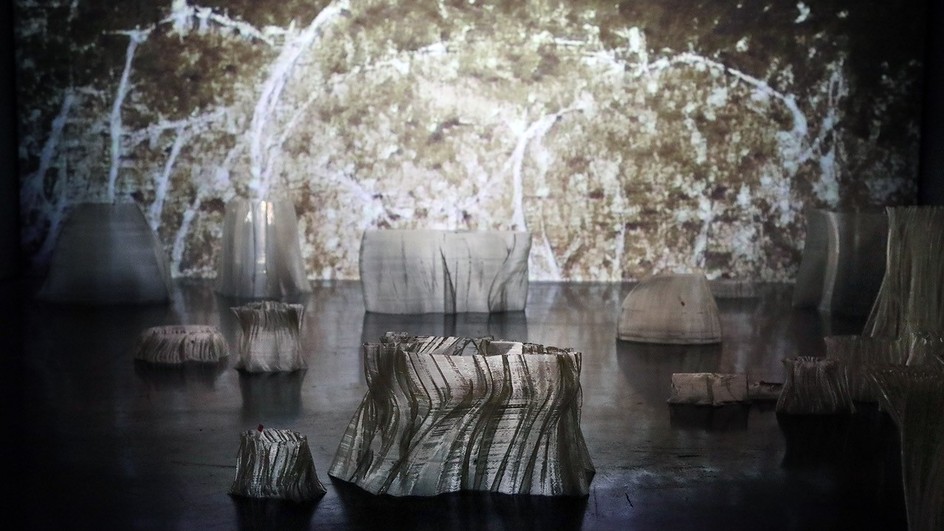
Visiting artist professor
2023 - 2024 / 2021 - 2022
Justine Emard
Born in 1987 in Clermont-Ferrand (France)
Justine Emard (born 1987) explores the new rela-tions between the way we live and technology. By combining different visual media -- photogra-phy, video, virtual reality and performance -- she places her work within a flux that links robotics, neurosciences, organic life and artificial intel-ligence. Her works have been exhibited at the Moscow International Biennale of Contem-porary Art and in museums such as the NRW Forum (Düsseldorf), the National Museum of Sin-gapore, the Moscow Museum of Modern Art, the Cinémathèque québécoise (Montreal), the Irish Museum of Modern Art (Dublin), the Mori Art Museum (Tokyo), the MOT - Museum of Contem-porary Art Tokyo, the Barbican Centre (London) and the World Museum (Liverpool).
In 2020 she was in residence at the ZKM, Center for Art and Media and she was awarded the "IMAGE 3.0" national photographic commission awarded by the CNAP in partnership with the Jeu de Paume in Paris.
Since 2011 Justine Emard has been manipulating images and their modalities of appearance by intertwining different mediums and experiences. She creates forms shaped by her relation to the world, at the intersection of several different disciplines and scientific fields, which she brings into play and stages. The mineral kingdom, arti-ficial life, technologies, automation and machine learning inform her artistic practice and inter-vene in her works. She works to create new links between humans and their technologies, within a poetic and sensitive perspective on the present.
From the creation of a dialogue between an android robot and a psychologist (Erika, research film, 2016) to the materialisation of dreams as 3D impressions (Dreamprints, 2021), via a perfor-mance with a Buddhis monk (Heavy Requiem, 2019), or again, a dialogue between the mineral and the digital (Exovisions, 2017), her works generate new protocols between virtual and real. The creative processes she implements origi-nate in encephalographic captures, particular programming systems, three-dimensional scans and databases, which she exploits in collabora-tion with scientific laboratories.
Her apparatuses start with unsupervised deep learning experiments and dialogues between man and machine. In Co(AI)xistence (2017) she presents a first encounter between two different life forms: a dancer/actor and a humanoid robot, animated by a primitive kind of life force, an artificial intelligence programmed by the laboratory of Takashi Ikegami (Tokyo University), whose humanoid incarnation emanates from the labo-ratory of Hiroshi Ishiguro (Osaka University). Thanks to a complex system of neural networks, her apparatus generates a reciprocal learning process between human and machine, in an attempt to define new prospects for coexistence.
The phenomenon of emergence is central to her practice, which focuses on the appearance of new alterities. In Supraorganism (2020) she animates an installation that comprises robotised glass sculptures by means of a machine learning system elaborated using data collected from a bee colony. The unpredictability of the system results in a singular viewer experience. The light and sound of this new organised being react symbiotically, surprising and clashing with each other in a structured, organic and open constel-lation. From this ensemble there emanates a kind of collective intelligence, itself generating new images, which stem from the shadows and reflections projected into the space-time of the installation.
In 2021 she took an interest in the origin of images, from their appearance on rock walls at the dawn of humanity to their birth in our imagi-nary and our brain, on the very surface of the visual cortex. Working from encephalographic captures, she invites us to enter into contact with images buried deep inside us, by becoming conscious of their existence.


